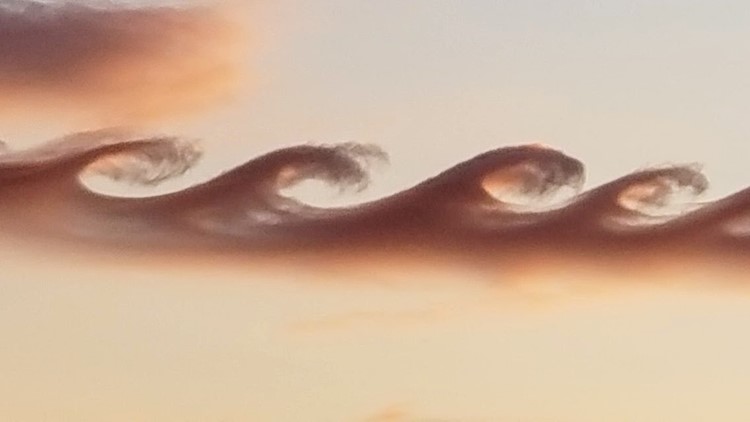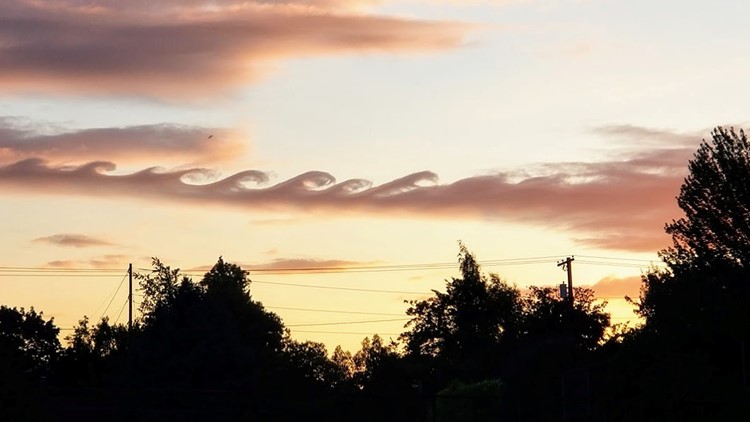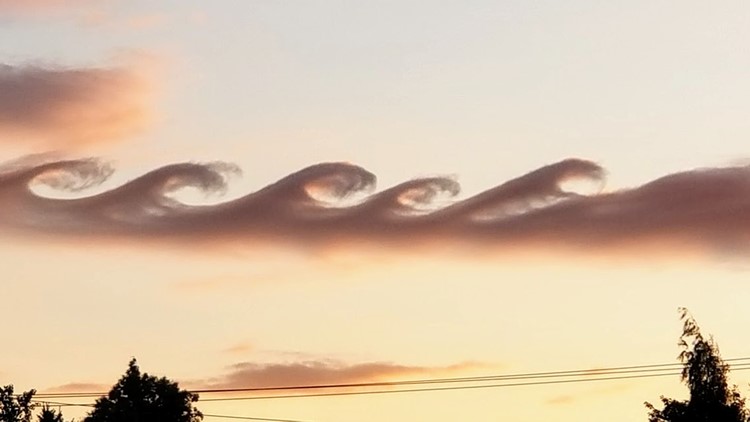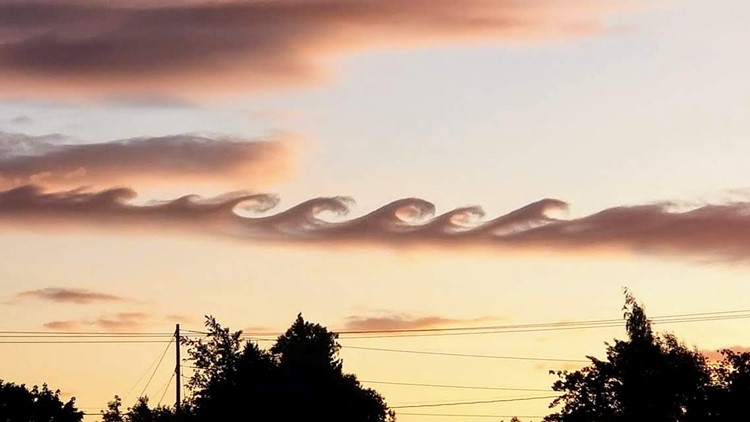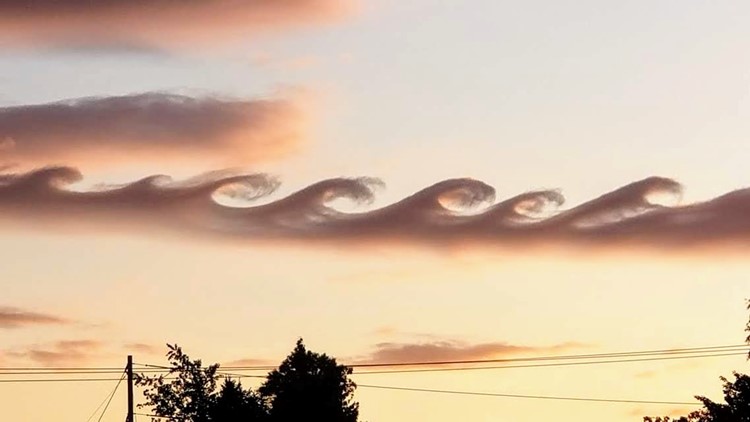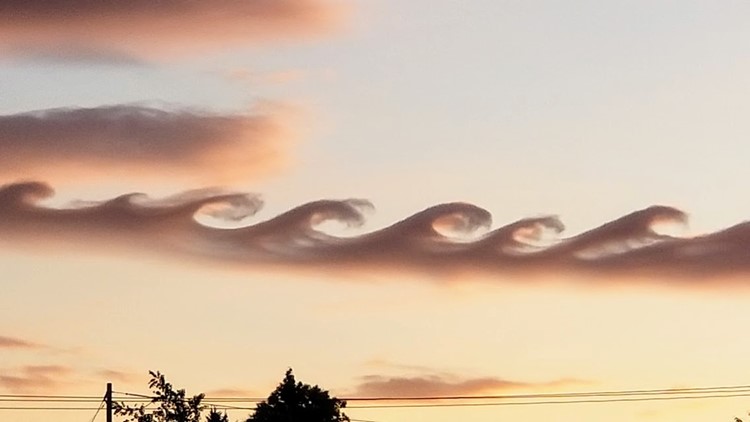PORTLAND, Ore. — A couple inches of snow on Portland roads led to a dystopian scene on Germantown Road in late February. Further south, that same storm system stranded an Amtrak Coast Starlight train east of Eugene for 36 hours. And then in July Portlanders saw what looked like ocean waves in the sky.
These are the three weather stories you read the most in 2019.
Snow fell in the Portland area for several hours on a Sunday night and Monday morning in February, with accumulations ranging from a trace to a couple inches.
Some school districts closed and other saw two-hour delays. Much of the city saw a slow commute in, and then the snow melted by afternoon. But over on Northwest Germantown Road it was a different story.
By the time the road was shut down between Northwest Skyline Boulevard and Northwest Bridge Avenue, the damage was done. Snow and ice caused multiple crashes, including several rollovers.
Areas south of Portland saw much more snow. Eugene set a new record with 11 inches of snow, which broke the mark for the snowiest February day in the city, and which brings us the second-most read story of the year.
An Amtrak Coast Starlight train stranded in Oakridge, Oregon during that Sunday snow storm couldn't get towed back to Eugene for repairs until the following Tuesday morning.
The train struck a tree on the tracks. And the weather conditions outside the train were unsafe, according to Amtrak officials.
So passengers were stuck on the train for more than 36 hours, and they shared their stories (and called for help) on Facebook.
In the end, none of the 183 passengers and crew members was physically injured. And all had quite a story to share.
RELATED:
And the third most-read story is one that (as far as we know) didn't cause any crashes or inconvenience anybody at all. Clouds appeared one evening in the July sky that looked like ocean waves--not necessarily like the waves you see in the ocean, but like the waves you see in kids' drawings and stage productions.
Rare Kelvin-Helmholtz clouds in Portland
The photos, taken at sunset in Southeast Portland's Creston neighborhood, were posted to Facebook by Brian Schmit.
As Schmit explained: The clouds are called Kelvin-Helmholtz clouds, and the formation is an "extremely rare phenomenon.
"They occur when there is a strong vertical shear between two air streams causing winds to blow faster at the upper level than at the lower levels."
Another story that had Portlanders staring at the sky and scratching their heads this year: Why did the contrails hang over Portland so long? Matt Zaffino explains
We've also put together a look back at three non-weather local stories you read most this year. Check that one out right here!
RELATED: Top local sports stories in 2019
RELATED: Top viral stories in 2019



